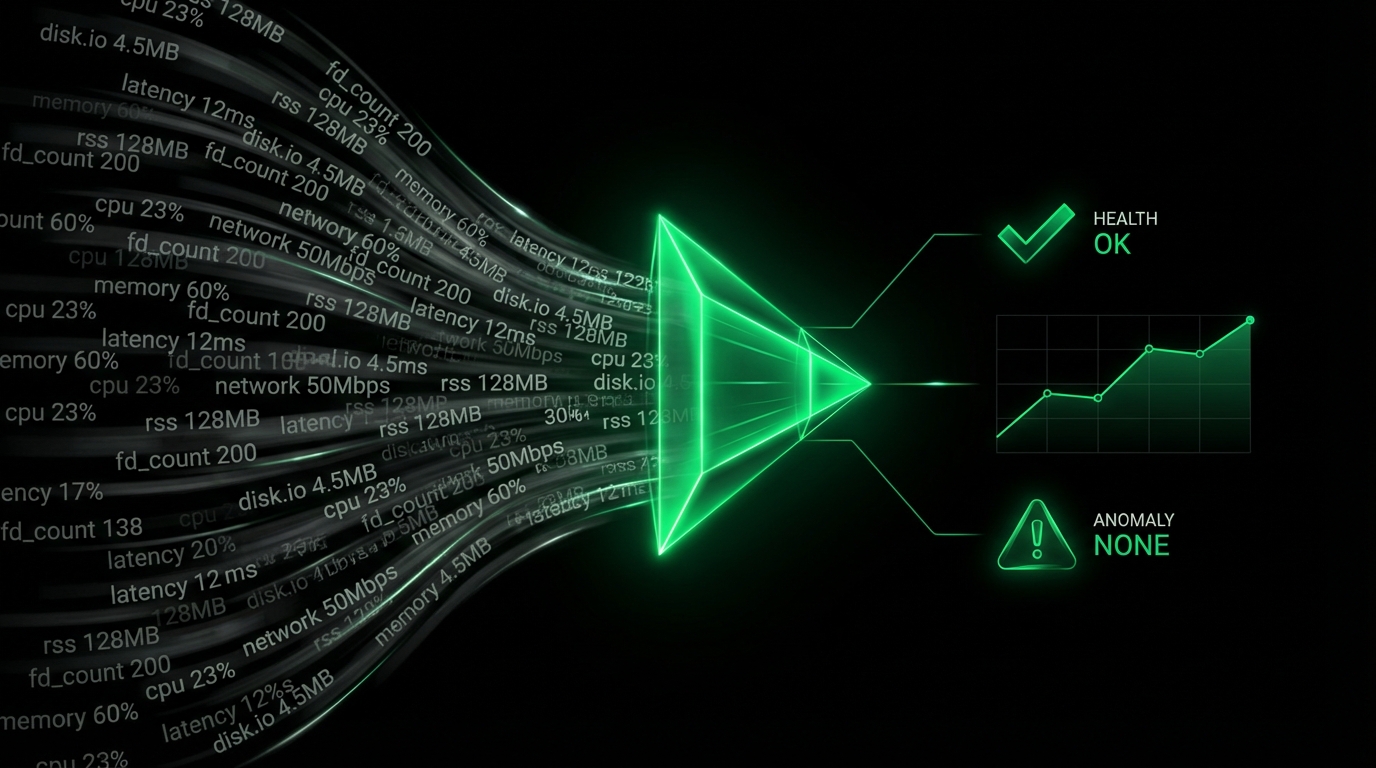Puppet Monitoring
What Is Puppet?
Puppet is a powerful tool for managing and automating the configuration of servers and applications in IT environments. It allows for defining infrastructure as code, enabling consistent and repeatable system setups. Visit the official Puppet site to learn more.
Monitoring Puppet With Netdata
Using a $name monitoring tool like Netdata provides real-time, per-second visibility into the performance and health of your Puppet infrastructure. Netdata’s lightweight and intuitive dashboards can help diagnose performance issues and ensure the smooth operation of your systems.
Why Is Puppet Monitoring Important?
Monitoring Puppet is crucial for maintaining infrastructure reliability and efficiency. As Puppet automates critical infrastructure processes, keeping an eye on its performance ensures that automation workflows are seamless and resources are optimally utilized.
What Are The Benefits Of Using Puppet Monitoring Tools?
With tools for monitoring Puppet, teams can:
- Gain real-time insights into system health.
- Detect and resolve issues rapidly.
- Optimize resource utilization.
- Ensure configuration consistency across environments.
- Reduce downtime through proactive alerts.
Understanding Puppet Performance Metrics
Netdata’s Puppet monitoring tool gathers important metrics from your Puppet instances including:
JVM Heap
- Description: Measures the amount of memory allocated to running Puppet.
- Dimensional Breakdown: Committed and used memory in MiB.
JVM Non-Heap
- Description: Tracks memory used outside the standard heap like caches, buffers.
- Dimensional Breakdown: Committed and used memory in MiB.
CPU Usage
- Description: Percentage of CPU resources consumed by Puppet processes.
- Dimensional Breakdown: Execution and Garbage Collection (GC) activities.
File Descriptors
- Description: The count of file descriptors currently open by Puppet.
- Unit: Descriptors
| Metric Name | Description |
|---|---|
| puppet.jvm_heap | Monitors JVM heap memory usage |
| puppet.jvm_nonheap | Tracks JVM non-heap memory usage |
| puppet.cpu | Evaluates CPU usage by process |
| puppet.fdopen | Counts open file descriptors |
Advanced Puppet Performance Monitoring Techniques
Advanced monitoring involves setting up custom alerts, trend analysis over time, and digging into granular metrics specific to your unique configurations.
Diagnose Root Causes Or Performance Issues Using Key Puppet Statistics & Metrics
Utilize Netdata’s advanced monitoring capabilities to diagnose issues like excessive CPU usage or unusual memory consumption patterns. View Netdata Live or Sign up to Netdata for a comprehensive monitoring experience.
FAQs
What Is Puppet Monitoring?
Puppet Monitoring involves using specialized tools to track, visualize, and optimize the performance of Puppet-managed infrastructures in real-time.
Why Is Puppet Monitoring Important?
It is vital for ensuring the performance and reliability of automated configurations and to preemptively manage any potential system issues or downtimes.
What Does A Puppet Monitor Do?
A Puppet monitor collects and displays vital performance metrics, identifies trends or anomalies, and helps in troubleshooting technical issues within the Puppet environments.
How Can I Monitor Puppet In Real Time?
By utilizing Netdata, you can monitor Puppet in real-time and per-second granularity, providing instantaneous feedback and insights into your Puppet instances’ performance.









